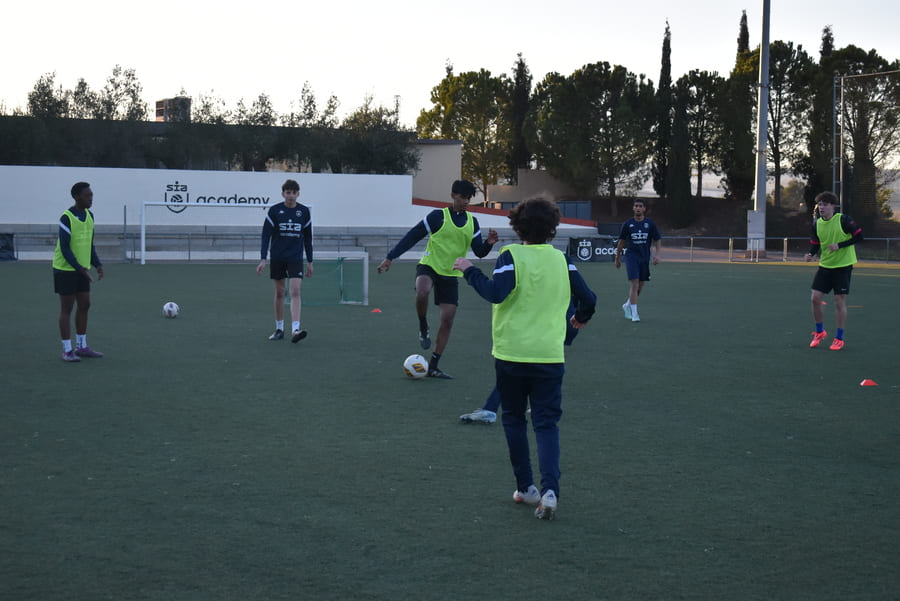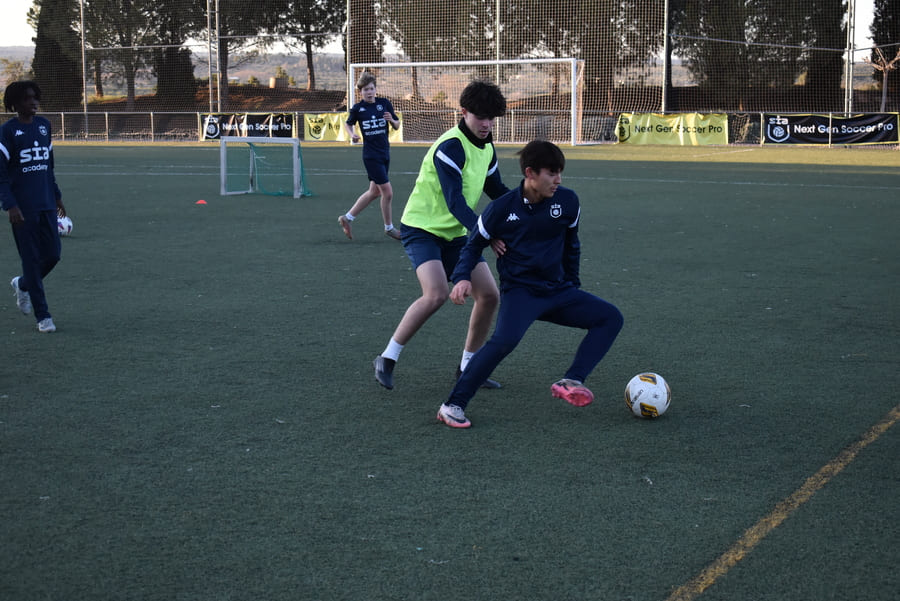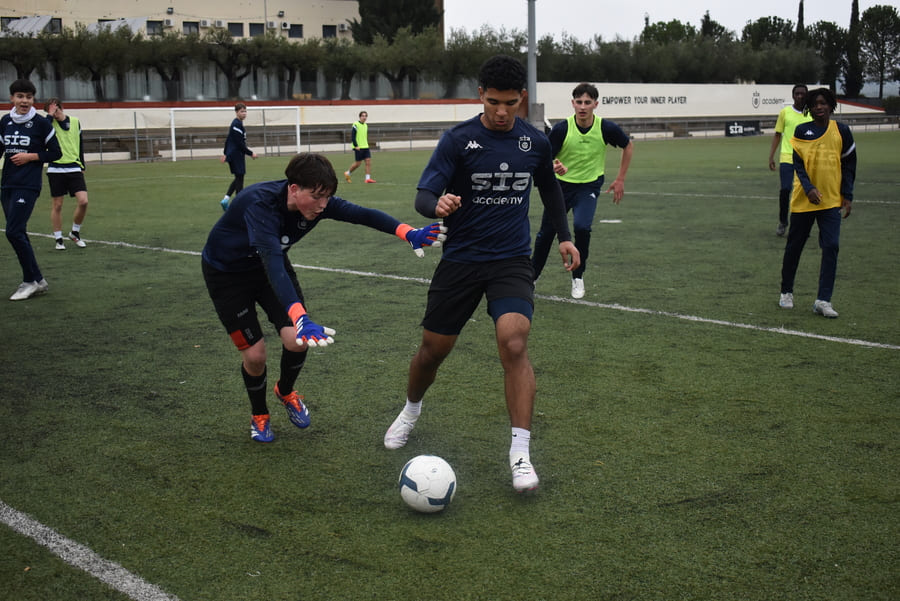Today’s football demands much more than goals from forwards. Pressing, disrupting the opponent, and working defensively have become mandatory for those who once only lived inside the box. From the top leagues to development academies like SIA Academy, the modern striker must be complete, capable of creating danger with the ball and bringing intensity when his team doesn’t have it.
Table of contents
A paradigm shift in modern football
Today’s football no longer understands static positions or rigid roles. A forward is no longer just the one who waits for the ball in the box to finish plays. In contemporary football, attackers are required to work off the ball, support their teammates, and press with intensity. Tactical demands have evolved, and the modern forward must be as capable of winning the ball back in the opponent’s half as of finishing in front of goal.
This trend is visible across the top leagues: from the Premier League, where forwards lead the high press, to the Champions League, where every defensive detail can decide a tie.

From goals to collective sacrifice
Scoring remains the soul of football, but collective effort has gained ground. A striker who doesn’t run, press, or help his team becomes a tactical problem. Today’s coaches are looking for complete players, capable of covering more phases of the game.
The key is understanding that defending doesn’t mean giving up attacking, but rather preparing to do it better. Winning the ball back in the opponent’s half can turn into a scoring chance in a matter of seconds.
The forward’s role in high pressing
One of the most important tools in modern football is counter-pressing after losing possession. Here, the forward is the first line of defense. His job is to disrupt the opponent’s buildup, close passing lanes, and force mistakes.
A good defensive forward doesn’t just win the ball back, he also conditions the opponent’s play, forcing defenders to take risks or play long balls. In well-organized teams, this immediately creates offensive advantages.
Reference examples in the elite
Players like Karim Benzema, Roberto Firmino, or Antoine Griezmann have been praised not only for their offensive talent but also for their ability to understand the moments without the ball. Elite football rewards those who manage to balance attacking brilliance with defensive sacrifice.
Nowadays, a forward who only thinks about attacking has fewer chances of succeeding in top-level teams.
The vision from SIA Academy
At high-performance academies like SIA Academy, this philosophy is instilled from a young age. There, it is understood that a striker must know when to press, how to guide the opponent, and when to drop back.
Coach José Luis explains it clearly:
“In today’s football, a forward who doesn’t defend is incomplete. At SIA Academy we work to make players understand that their contribution goes beyond goals. They must be the first to activate the press and set the team’s intensity.”
This mindset is part of daily training. It’s not just about learning to finish or move inside the box, but about mastering the tactical aspects that define a player’s competitiveness.
The value of sacrifice in development
At the developmental stage, teaching a striker to defend doesn’t mean taking away creativity, but adding tools for the future. Knowing how to drop back, cover spaces, or hassle a center-back can make the difference between being a good player and becoming a complete footballer.
José Luis adds another reflection:
“When a kid learns to win the ball back in the opponent’s half, he understands that he can also create danger through effort. That mentality changes his view of the game and multiplies his value as a player.”

How forwards train their defensive skills
The teaching process includes specific drills:
- Coordinated pressing exercises so the striker learns to work with the wingers and midfield.
- Opponent buildup simulations, practicing pressing angles and game orientation.
- Transition repetitions, to internalize that winning the ball back can become a goal within seconds.
At SIA Academy, video analysis is also used so players can see real examples of elite forwards and compare their own work to that of professionals.
Benefits for the team
A forward who can defend not only becomes a more dangerous offensive weapon, he also lightens the load on midfielders and defenders. His initial press reduces his teammates’ workload, balances the block, and transmits intensity.
In high-stakes matches, that attitude can be decisive. Teams with forwards active in defense tend to concede fewer goals and create more chances from opponent mistakes.
The importance of forwards knowing how to defend is one of the great transformations of modern football. It is no longer enough to score goals: you must be an active part of every phase of the game.
Academies like SIA Academy embody this philosophy, preparing players who understand that success depends on collective effort. As coach José Luis reminds us, “a forward who doesn’t defend is incomplete”, and that truth is repeated today in every stadium, from youth football to the Champions League.






